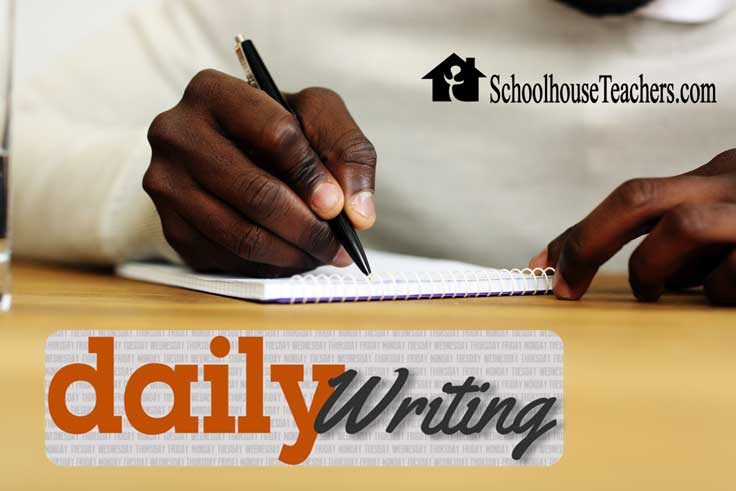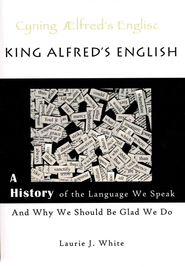Can a chart rescue poorly written paragraphs?
Do your students have trouble coming up with ideas to put in their paragraphs? Are their paragraphs only one or two sentences long?
Are they a jumbled mess of ideas?
A paragraph is all about one idea. In it, your student will teach something about that idea, explain it, or prove why it is the right one.
In Intro to Writing, Part 4, you’ll find a practical chart to help your student formulate ideas and put them into a credible paragraph.
Read More


















